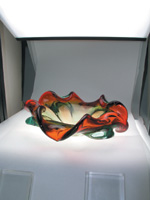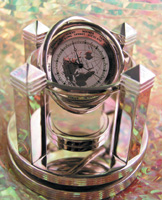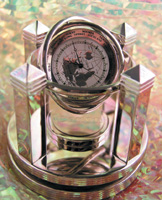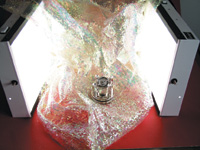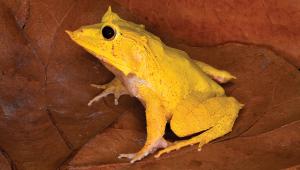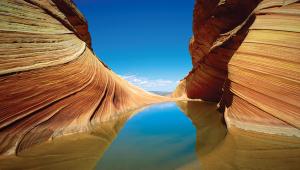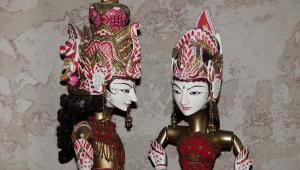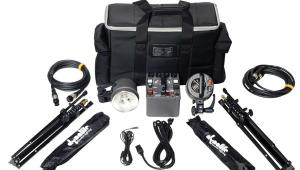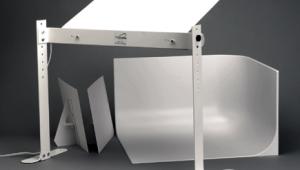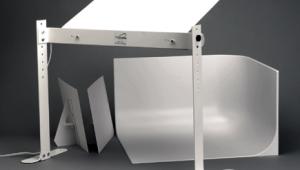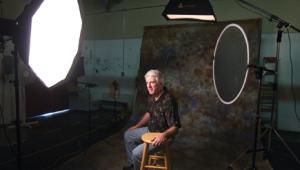Light Your Way To Online Product Photos; The Samigon Internet Photo Studio Puts Your Online Auctionables In A Better Light
With the immense popularity of online sales and auctions, the need to show off those goods to advantage becomes increasingly important. In fact, eBay (ebay.com), the most popular site for such activities, provides some basic tips, which focus on proper lighting and suitable backgrounds. While eBay provides generic guidelines, the website still leaves the methodology to you. And nothing is said against making the item sparkle as a means of showing it in its best light. (For additional assistance on using pictures on eBay, do a search on the site, under "adding pictures," to bring up the Step by Step Photo Tutorial.) |
||||
For
Every Challenge, A Solution... Daylight-Balanced Illumination |
||||
The Stage Is Set Working With The Lights |
||||
New Sides To This
Lighting Issue |
||||
Final Thoughts Maximize Sales Potential |

